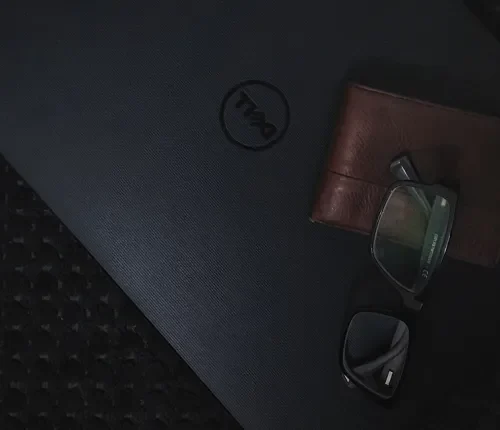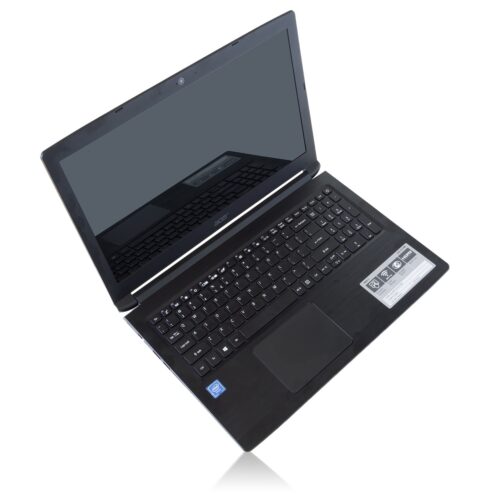We all know that the point of a solar light is to get free electricity from the sun. Using solar powered equipment is a great way to reduce your energy costs and do your part to help the environment. However, by its very nature solar power is dependent on sunlight – which can be more or less hard to come by depending on where in the world you happen to live. Solar panels make a lot of sense in Dubai, less so in Yorkshire.
The good news is that even without sunlight, there are other ways to power your solar devices, including solar-powered lights. Here’s our guide to powering your solar devices when you don’t have enough sunlight.
Charging Solar Devices Using Indoor Lights Instead of Sunlight
Because incandescent and fluorescent lights mimic the natural light from the sun, they can charge solar lights, although they do so more slowly than direct sunlight would. This makes the lights in your household a potential method for charging your solar devices.
If you think back to your calculator in your school’s maths class, you’ll probably remember it had a small solar panel at the top (normally a strip of silver or blue squares). The light from the classroom was enough to power the calculator without needing actual sunlight.
Imagine you have friends coming over for a garden party in the evening and you want to use your solar powered lights. Normally these would charge up in the garden during the day and then last most of the evening. However, if the weather is overcast, they might not get enough sunlight during the day to charge. You could bring them indoors and place them in a brightly lit room. While this will not be as efficient as charging via sunlight, they will still get some charge.
Swapping Batteries
If your solar device has a replaceable battery, you might want to think about buying multiple batteries. If you have more than one battery, you can charge the spares on sunny days and then set them aside to use on days when there hasn’t been enough sunshine to charge the main battery.
Charge Directly From The Mains
Some solar devices also have the choice to run or charge them directly from the mains. Either via 2/3-pin plug, or via a USB cable. This will generally give you faster and more efficient charging than using sunlight and will certainly be more efficient than using your house lights to charge the battery.
It is common for users of portable solar devices (like chargers/power-banks) to fully charge them at home off the mains/USB and then keep them topped up using solar. It is useful to start with a fully charge battery as unless you are in a very sunny climate, you are likely to use electricity faster than you can use it.
Solar Charging Is More Efficient
A common theme you might have noticed in this article is efficiency. Solar devices are incredibly inefficient when charging. They lose a large amount of the energy they take in without converting it to stored energy.
That doesn’t really matter when sunlight is free. However, if you are charging them using household lightbulbs you will be paying for a lot of wasted energy. That said, if you are sitting in the same room and would have the lightbulb switched on anyway, there’s no reason not to also charge your solar devices at the same time.





